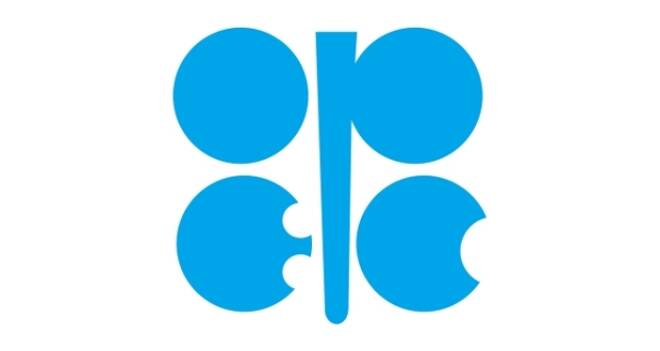Advertisement
Advertisement
OPEC Production Hike Worries, Escalating US-China Trade Tensions Weigh on Crude Oil Prices
By:
U.S. West Texas Intermediate and international-benchmark Brent crude oil futures closed lower on Tuesday as investors continued to express concerns over a possible increase in OPEC crude supply. Also pressuring prices were the escalating trade dispute between the United States and China.
The pending trade war and sell-off in global equities drove investors into generally perceived less risky assets like the U.S. Dollar, Japanese Yen and Swiss Franc on Tuesday. The moves were fueled by U.S. President Trump’s threat to slap more tariffs on China and Beijing’s warning that it would fight back firmly with “qualitative” and “quantitative” measures if the United States implements more tarif
Crude Oil
U.S. West Texas Intermediate and international-benchmark Brent crude oil futures closed lower on Tuesday as investors continued to express concerns over a possible increase in OPEC crude supply. Also pressuring prices were the escalating trade dispute between the United States and China.
August WTI crude oil settled at $65.07, down $078 or -1.20 percent and August Brent crude oil finished the session at $74.97, down $0.37 or -0.50 percent.
WTI crude oil was hit the hardest on Tuesday, mostly due to the sharp break in global equity markets. This move was fueled by the U.S. threat of additional tariffs on China, and Beijing’s subsequent threat of retaliation. One such threat is a tariff on U.S. crude oil imports.
Brent crude oil finished lower on Tuesday, but was still able to outperform the WTI futures contract. This helped drive the spread between Brent and WTI back above $10 per barrel. Also helping to support Brent was a supply disruption in Libya which could take as much as 400,000 barrels per day of output off the market.
Gold
Gold futures hit a six-month low on Tuesday. The catalysts were a stronger U.S. Dollar and the failure to hold key technical levels. The escalating trade tension between the U.S. and China drove investors into the safety of the U.S. Dollar. This weakened demand for dollar-denominated gold.
The close below a key technical level on the charts late last week continued to attract sellers. This has led to increased technical downside momentum.
Gold bulls are also being driven out by expectations of further Federal Reserve interest rate hikes later in the year.
U.S. Economic Data
Reports on the U.S. housing industry came out mixed on Tuesday with Building Permits underperforming and Housing Starts exceeding expectations.
Building permits fell by 4.6 percent to a rate of 1.301 million units, the lowest since September 2017. Economists had forecast housing starts declining to a rate of 1.350 million units.
Housing starts rose 5.0 percent to a seasonally adjusted annual rate of 1.350 million units last month, the Commerce Department said on Tuesday. That was the highest level since July 2007. Data for April was revised slightly to show starts falling to a rate of 1.286 million units instead of the previously reported pace of 1.287 million units.
About the Author
James Hyerczykauthor
James Hyerczyk is a U.S. based seasoned technical analyst and educator with over 40 years of experience in market analysis and trading, specializing in chart patterns and price movement. He is the author of two books on technical analysis and has a background in both futures and stock markets.
Did you find this article useful?
Latest news and analysis
Advertisement
